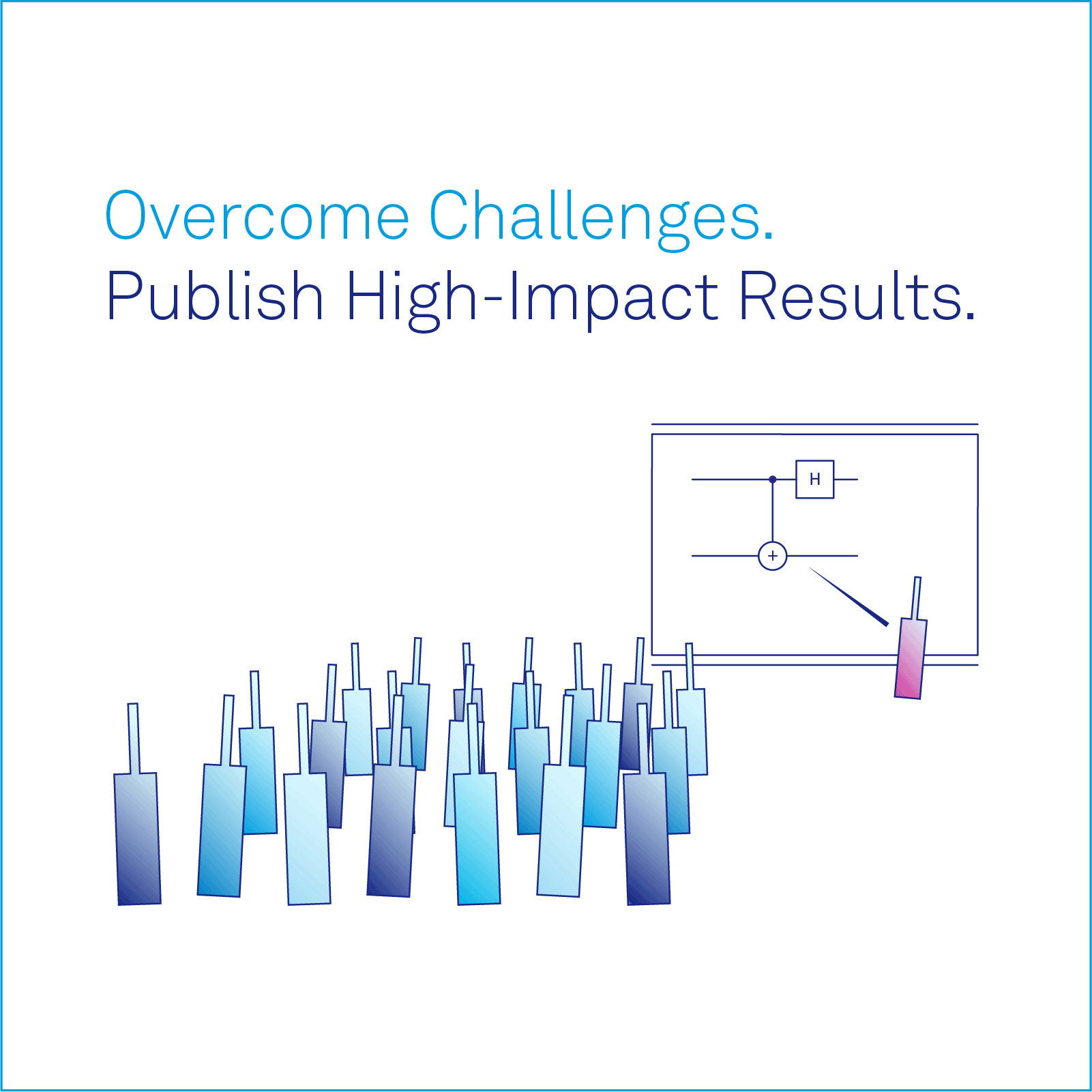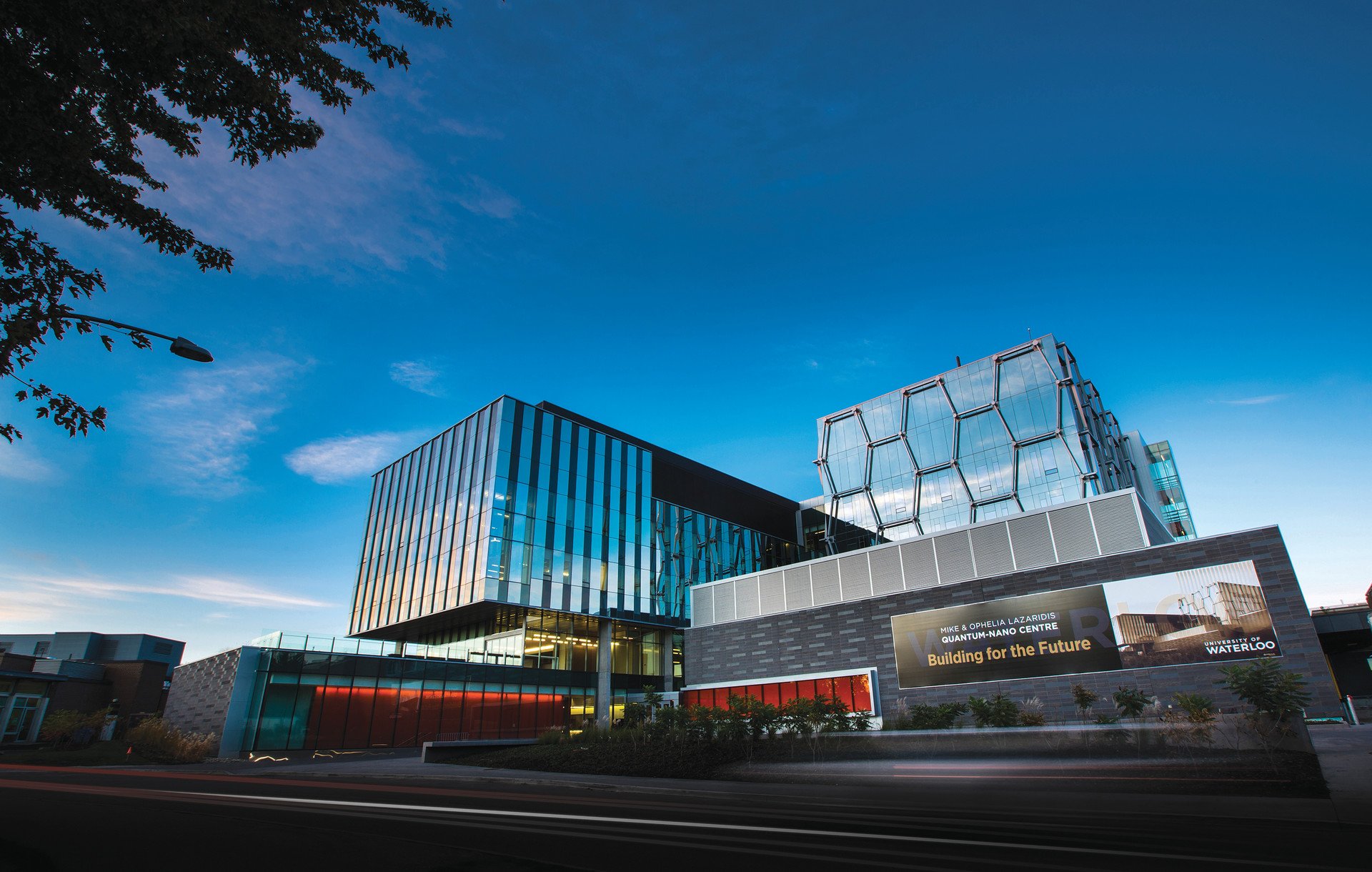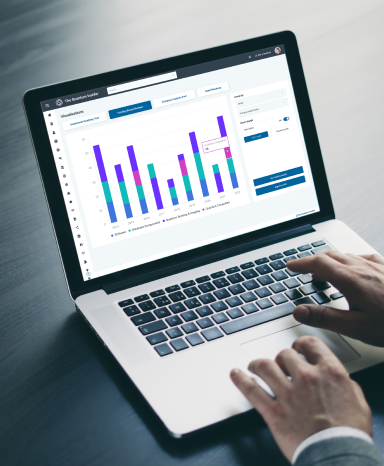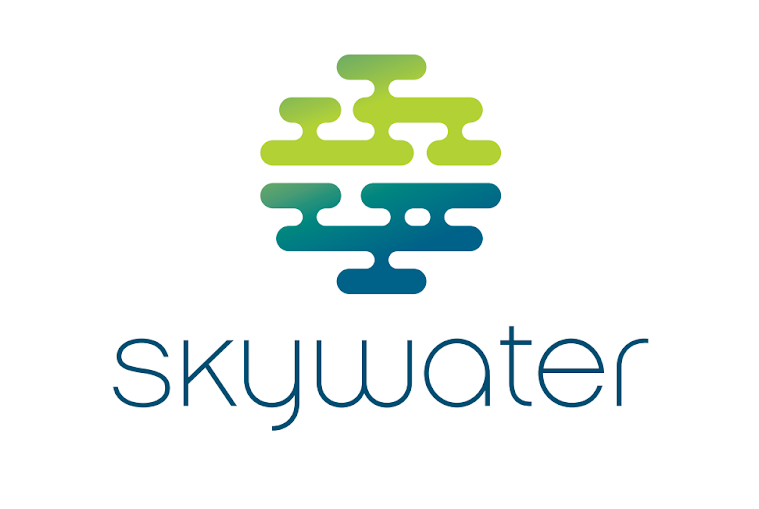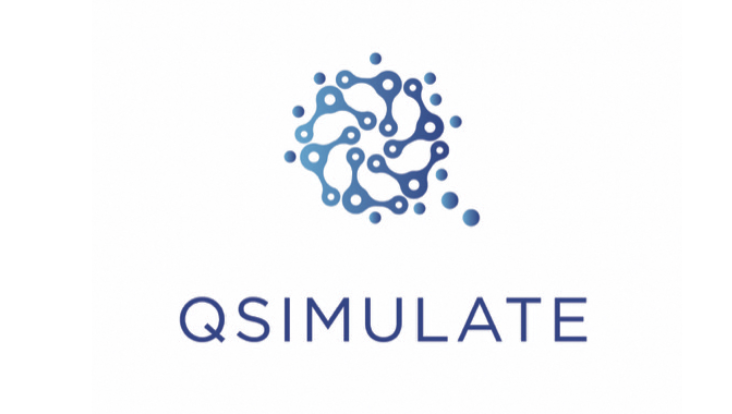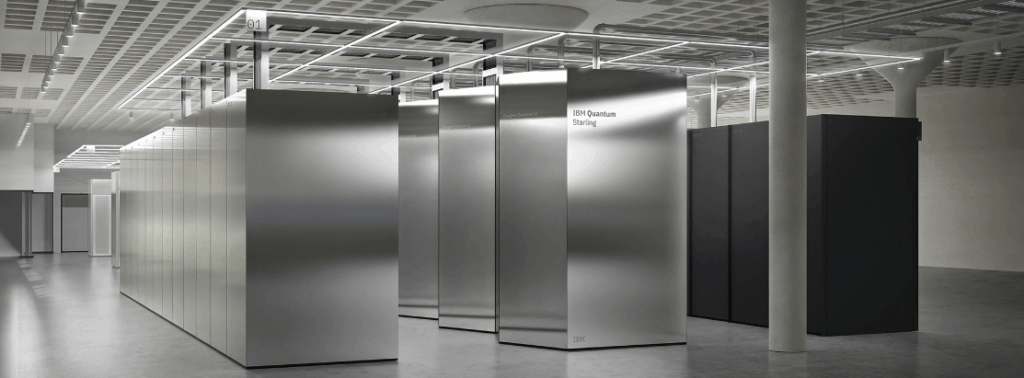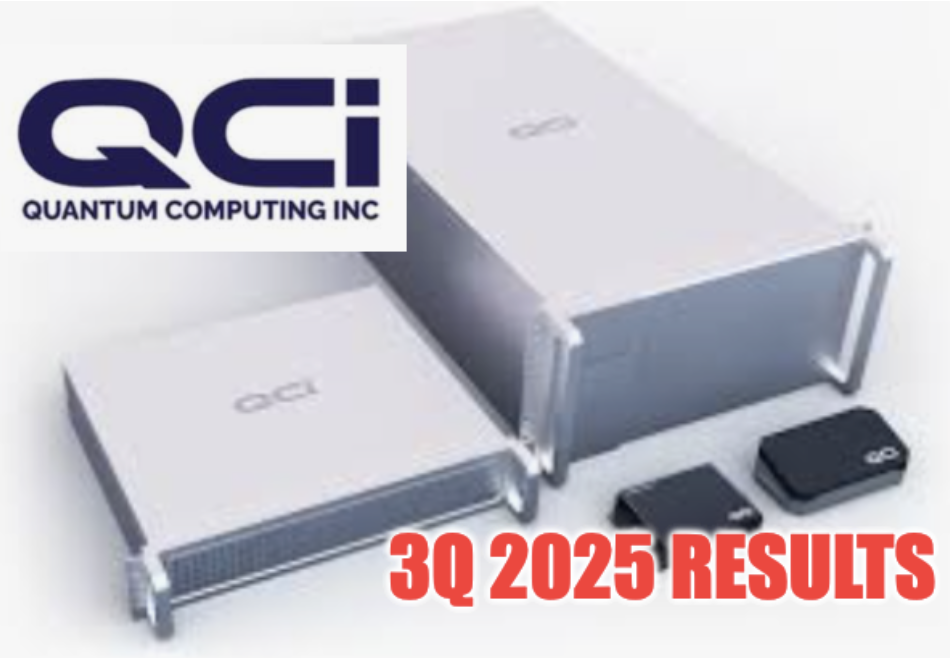Insider Brief
- Google researchers used a hybrid digital-analog quantum simulator with 69 superconducting qubits to study how quantum systems evolve toward thermal equilibrium, revealing insights into thermalization dynamics.
- The study found deviations in the Kibble-Zurek model, which predicts how systems change during phase transitions.
- The research highlights the potential for hybrid quantum simulators to aid in practical applications, such as improving error correction, studying quantum materials and simulating complex physical phenomena.
A Google-led team of researchers used a hybrid digital-analog approach with a quantum processor containing 69 superconducting qubits to simulate how quantum systems naturally progress toward thermal equilibrium, a key process in statistical mechanics. The study, published in Nature, demonstrates that their hybrid analog-digital quantum simulator can probe thermalization dynamics with greater versatility than classical computers or purely analog quantum devices.
Broadly, the work shows that quantum simulators, which mimic the behavior of complex quantum systems, are improving in their ability to study real-world physical phenomena.
The international team of researchers focused on how quantum states transition toward thermal equilibrium, a question that bridges quantum mechanics and classical physics, said Trond Andersen, a research scientist at Google Quantum AI and lead author of the research, in a press conference. In particular, the study reveals unexpected deviations from a theoretical model known as Kibble-Zurek scaling, which predicts how a system evolves as it crosses a phase transition. These deviations suggest that quantum simulators may uncover new aspects of thermalization that classical methods cannot.

The implications of this research extend to condensed matter physics, materials science and beyond. Understanding thermalization could help improve error correction in quantum computers and refine simulations of high-energy physics and exotic states of matter. The ability to precisely manipulate quantum states, as demonstrated in this study, could also aid the development of quantum materials with tailored properties.
“I think having this type of approach where you have so much more control, you know exactly what your quantum system is doing,” said Andersen. “You’re not wondering, was there a lot of disorder or something in my sample here? And you can access all this information about the quantum states that would normally be very hard to access in a condensed matter lab. I think gives us some nice opportunities there for making big discoveries in those. It’s about materials, magnets, transport phenomenon — these types of questions.”
To conduct the experiment, the researchers used a quantum processor arranged in a two-dimensional lattice with tunable couplers that mediate interactions between qubits. The team did not use Google’s new WIllow chip, but relied on the earlier generation of Sycamore chip for the experiment.
Digital And Analog
Their device supports both digital quantum gates and high-fidelity analog evolution, meaning they could switch between precisely controlled digital operations and natural quantum interactions.
In quantum computing, digital refers to the use of quantum gates that manipulate qubits in discrete steps, similar to how classical computers process data in binary bits. These gates operate with high precision, allowing for controlled operations. Analog, on the other hand, involves continuously evolving the quantum system, leveraging natural quantum interactions to evolve the state of qubits in a way that is less precise but can be highly efficient for certain calculations. By supporting both types, their device can seamlessly switch between these approaches depending on the task at hand, balancing precision and efficiency.
The combination of analog and digital, in this case, allowed the researchers to prepare specific quantum states and track their evolution over time.
The team studied a model known as the XY model, which describes the behavior of spins in a lattice. By tuning the energy density of the system, they could explore different thermalization pathways. They observed how the system relaxed into equilibrium and found evidence of a phase transition called the Kosterlitz-Thouless transition, which describes how topological defects — vortices — form and interact in two-dimensional systems.
Kibble-Zurek Scaling
A key — and somewhat unexpected — discovery for the team was the breakdown of Kibble-Zurek scaling in certain conditions. This model predicts how defects form when a system undergoes a phase transition, but the researchers found deviations that suggest additional coarsening dynamics are at play.
“The really big surprise here is that the prediction that’s made by this Kibble-Zurek theory,” said Andersen. “When we saw that it was a bit, almost a bit worrying — there’s something wrong with the calibration. What are we doing wrong here? But then, by studying it more carefully, doing more experiments and also some theory on the side, we were able to show that this is not something going wrong. This is really just new physics that we that we didn’t expect.”
Their quantum simulator provided detailed insights into these dynamics by allowing extensive measurements, such as entanglement entropy, vortex correlations and energy fluctuations.
One strength of the hybrid approach was the ability to prepare and manipulate entangled quantum states with high precision, according to the paper. The team used digital gates to create pairwise-entangled dimer states—where qubits form quantum-correlated pairs—then allowed these states to evolve in an analog fashion. This method enabled them to study how energy and vorticity moved through the system as it thermalized.
Beyond fundamental physics, the study highlights how hybrid quantum simulators could be used for practical applications. Researchers suggest that such devices could assist in simulating complex molecules for drug discovery, optimizing industrial processes, or even improving climate models. The ability to precisely control and measure quantum states at this scale moves the field closer to practical, error-resilient quantum computation.
Limitations and Future Directions
The team reports that the experiment does have limitations that will likely serve as a guide for future work. For example, while the hybrid simulator outperforms classical methods for large systems, it still faces challenges related to noise, decoherence, and control errors. The researchers developed a new calibration technique to improve precision, but further improvements in hardware fidelity are necessary for even more complex simulations.
“Of course, we’ve now reached a very high level of fidelity that we’re very happy about, but we always want to keep pushing this in order to get things more and more accurate,” said Andersen. “That includes both reducing the amounts of noise, and also continuing to improve our level of control, which are two sources of errors.”
Additionally, while the results align with theoretical expectations in many cases, deviations from established models like Kibble-Zurek scaling suggest a need for further investigation.
The researchers note that expanding the size of these simulations to 100 or more qubits could further push the limits of classical computing, providing a clearer understanding of where quantum processors hold a decisive advantage. Future studies will likely focus on refining the simulator’s control capabilities, reducing error rates, and testing more complex quantum models. Additionally, researchers are interested in using quantum simulators to study non-equilibrium quantum systems—those that do not settle into thermal equilibrium in the conventional way—offering new insights into quantum dynamics and information theory.
The researchers are particularly interested in exploring applying this technique using Google’s new Willow chip.
“This work was done before Willow, so it was done on Sycamore,” said Andersen. “And, of course, now we’re very excited because we’re starting to do these types of simulations on Willow, which has more qubits, higher coherence and so on. So it was very exciting that we would be able to now implement this approach on an even better chip”
This study is part of a broader effort to harness quantum simulators as scientific tools. While fault-tolerant quantum computers capable of executing any quantum algorithm remain years away, purpose-built quantum simulators are already demonstrating their value in tackling classically intractable problems. As quantum hardware improves, these systems will likely become essential tools for probing quantum phenomena beyond the reach of traditional computation.
“So, in a way, it’s kind of the experimentalist dream and, I think, also a theorists dream, because it allows you to realize all the exciting ideas they have,” said Andersen. “It is really being able to run experiments with a completely new level of control and capabilities.”
Google’s research builds on previous work demonstrating quantum advantage, where a quantum processor performs a task that classical computers cannot achieve efficiently. Unlike past demonstrations focused on random circuit sampling, this new study investigates physically relevant problems, marking a step toward practical scientific applications of quantum computing.
The progress seen in this experiment underscores the growing utility of hybrid quantum systems, which blend digital and analog techniques to maximize computational power.
For now, the study confirms that hybrid quantum simulators can explore fundamental physics questions and challenge classical theories, setting the stage for future breakthroughs. The team’s findings suggest that quantum computing is advancing beyond theoretical promise into a stage where it can provide practical insights, even if fully error-corrected quantum computers remain a long-term goal.



